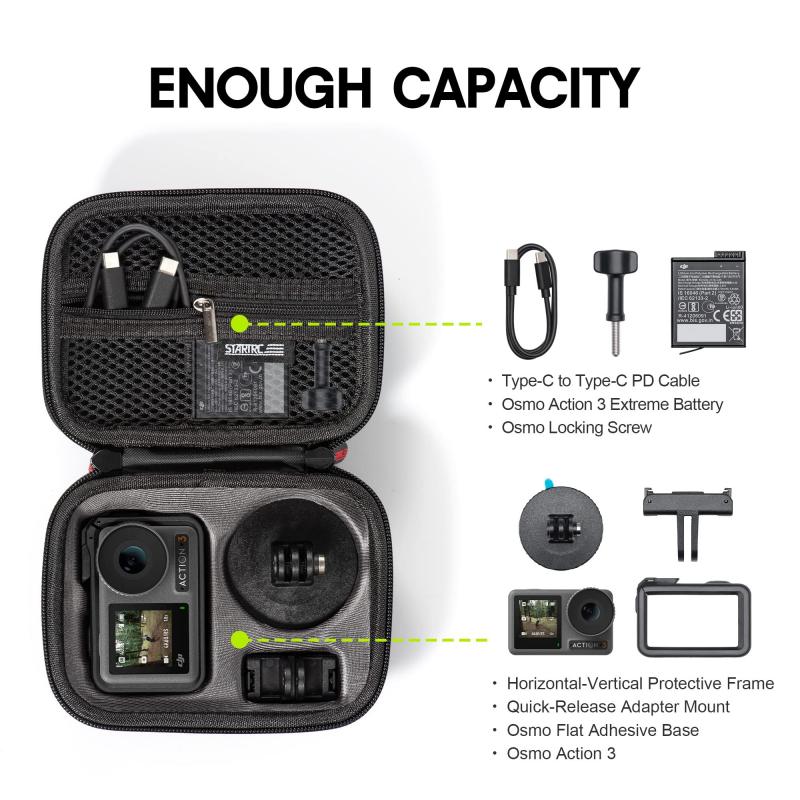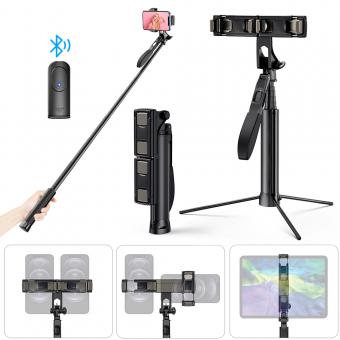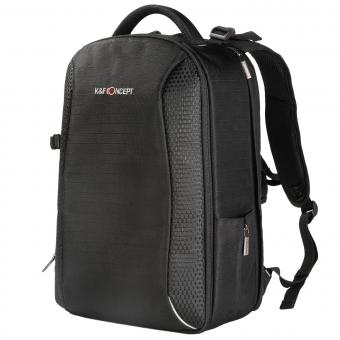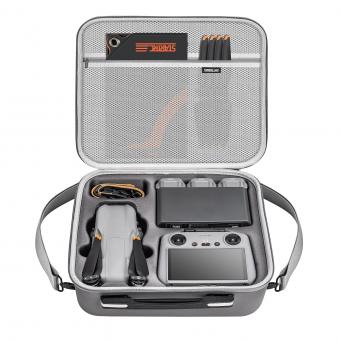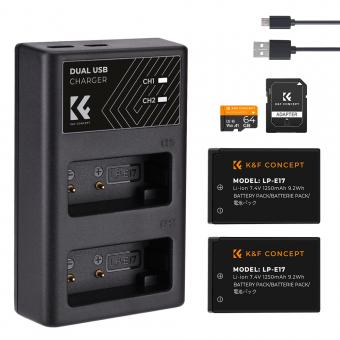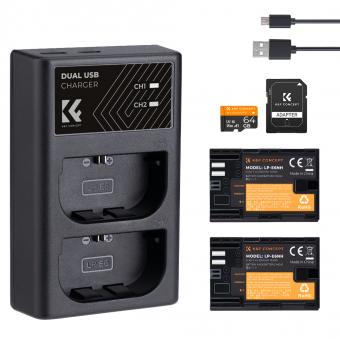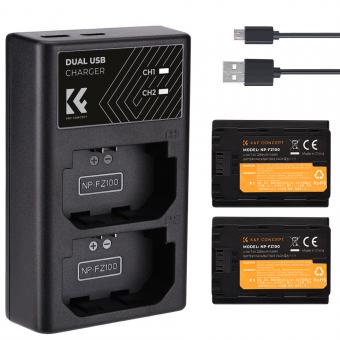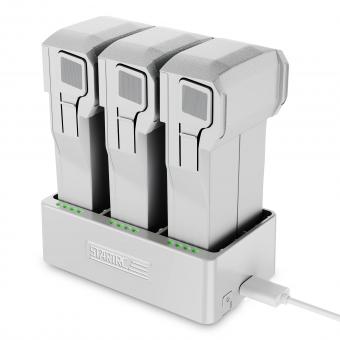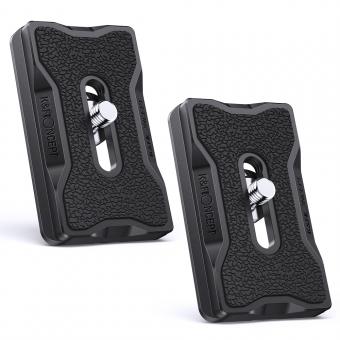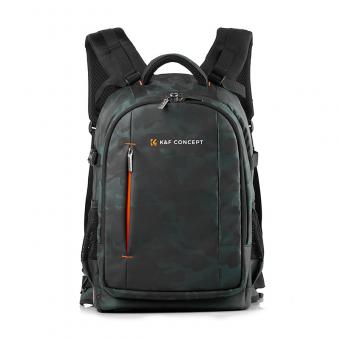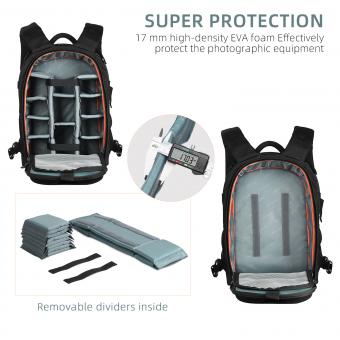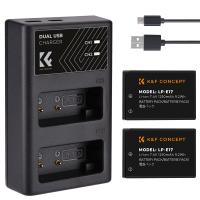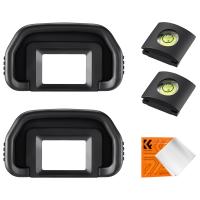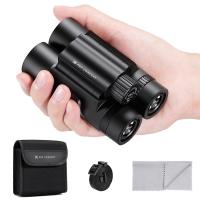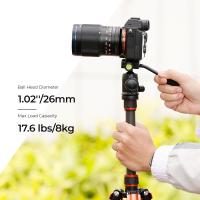How To Travel With Camera Batteries ?
When traveling with camera batteries, it is important to follow certain guidelines to ensure safety and compliance with airline regulations. The batteries should be carried in your carry-on luggage rather than checked baggage, as they are not allowed in the cargo hold due to the risk of fire. It is also recommended to keep the batteries in their original packaging or in a protective case to prevent damage or short-circuiting. Additionally, it is important to check the airline's specific regulations regarding the size and quantity of batteries allowed on board. Some airlines may require that the batteries be individually wrapped or have their terminals covered to prevent accidental discharge. Finally, it is recommended to fully charge your batteries before traveling and to bring a charger and any necessary adapters to ensure that you can recharge them during your trip if needed.
1、 Airline regulations on camera batteries
How to travel with camera batteries:
When traveling with camera batteries, it is important to follow certain guidelines to ensure safety and compliance with airline regulations. Here are some tips:
1. Carry spare batteries in your carry-on luggage: It is recommended to carry spare batteries in your carry-on luggage rather than checked baggage. This is because lithium-ion batteries can pose a fire risk if they short-circuit or overheat.
2. Keep batteries in their original packaging: If possible, keep your camera batteries in their original packaging or in a protective case to prevent them from coming into contact with other metal objects, which could cause a short-circuit.
3. Tape over battery terminals: To further reduce the risk of short-circuiting, you can tape over the battery terminals with electrical tape.
4. Check airline regulations: Different airlines may have different regulations regarding the number and size of batteries that can be carried on board. It is important to check with your airline before you travel.
Airline regulations on camera batteries:
Airline regulations on camera batteries vary depending on the airline and the type of battery. However, most airlines follow the guidelines set by the International Air Transport Association (IATA).
According to IATA, spare lithium-ion batteries must be carried in carry-on baggage only and not in checked baggage. The batteries must also be individually protected to prevent short-circuiting. The maximum lithium content of each battery must not exceed 100 watt-hours (Wh) and each passenger is allowed to carry a maximum of 20 spare batteries.
It is important to note that some airlines may have more restrictive regulations, so it is always best to check with your airline before you travel. Additionally, due to the ongoing COVID-19 pandemic, some airlines may have additional restrictions or requirements in place, so it is important to stay up-to-date with the latest guidelines.
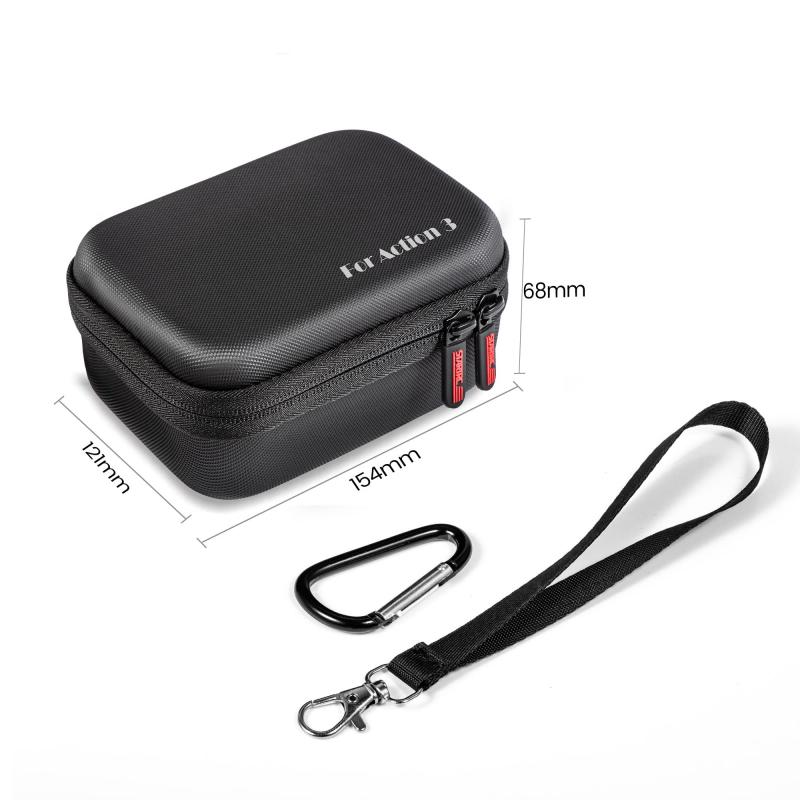
2、 Types of camera batteries and their features
How to travel with camera batteries:
When traveling with camera batteries, it is important to follow certain guidelines to ensure their safety and longevity. Here are some tips:
1. Carry your batteries in your carry-on luggage: It is recommended to carry your camera batteries in your carry-on luggage rather than in your checked baggage. This is because the temperature and pressure changes in the cargo hold can damage the batteries.
2. Keep your batteries in a protective case: To prevent your batteries from getting damaged or short-circuited, it is advisable to keep them in a protective case. This will also prevent them from coming into contact with other metal objects.
3. Keep your batteries charged: Make sure your camera batteries are fully charged before you leave for your trip. This will ensure that you have enough power to capture all your memories.
4. Use a battery charger with a voltage converter: If you are traveling to a country with a different voltage, make sure to use a battery charger with a voltage converter. This will prevent your batteries from getting damaged due to the voltage difference.
5. Follow airline regulations: Different airlines have different regulations regarding the number and size of batteries that can be carried on board. Make sure to check with your airline before you travel.
Types of camera batteries and their features:
There are several types of camera batteries available in the market. Here are some of the most common types and their features:
1. Lithium-ion batteries: These are the most common type of camera batteries. They are lightweight, have a high energy density, and can be recharged multiple times. They are also less prone to memory effect, which means they can be recharged even if they are not fully discharged.
2. Nickel-metal hydride batteries: These batteries are also rechargeable and have a higher capacity than lithium-ion batteries. However, they are heavier and have a shorter lifespan.
3. Alkaline batteries: These are non-rechargeable batteries that are commonly used in disposable cameras. They are inexpensive but have a shorter lifespan and are not environmentally friendly.
4. Zinc-carbon batteries: These are also non-rechargeable batteries that are commonly used in older cameras. They are inexpensive but have a shorter lifespan and are not environmentally friendly.
5. Silver oxide batteries: These are commonly used in small point-and-shoot cameras. They have a longer lifespan than alkaline batteries but are more expensive.
6. Lithium batteries: These are non-rechargeable batteries that are commonly used in high-end cameras. They have a longer lifespan and are more expensive than other types of batteries.
In recent years, there has been a growing trend towards using rechargeable batteries that are more environmentally friendly and cost-effective in the long run.
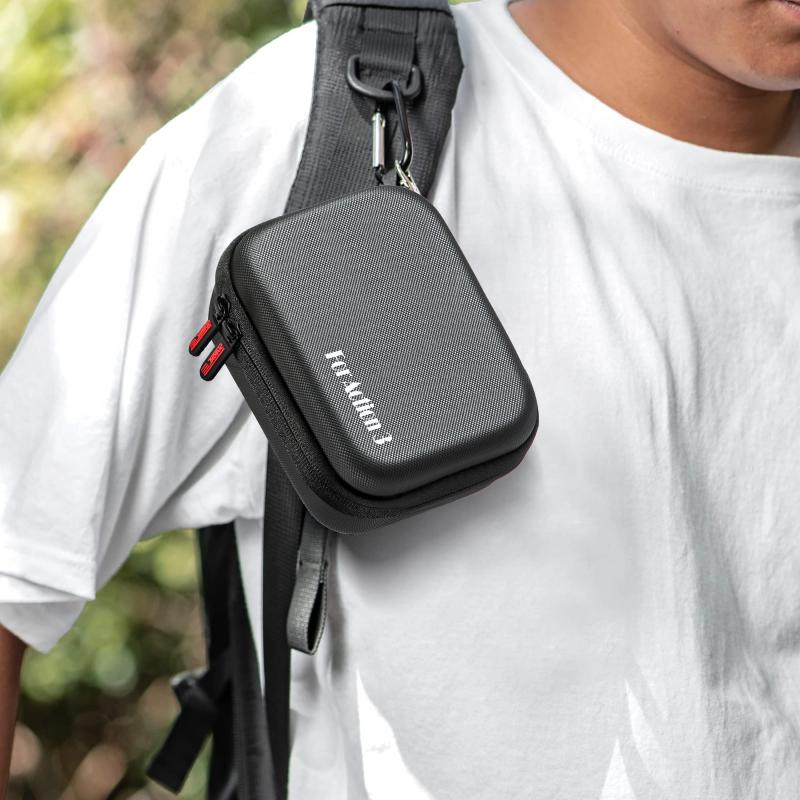
3、 Tips for packing camera batteries for travel
Tips for packing camera batteries for travel:
1. Keep them in your carry-on luggage: Camera batteries should always be kept in your carry-on luggage, not in your checked baggage. This is because the temperature in the cargo hold can damage the batteries and cause them to leak or explode.
2. Keep them in their original packaging: If possible, keep your camera batteries in their original packaging. This will help protect them from damage and prevent them from coming into contact with other metal objects in your luggage.
3. Use a battery case: If your camera batteries don't come in their own packaging, consider using a battery case to keep them organized and protected. There are many different types of battery cases available, from simple plastic cases to more advanced cases with built-in chargers.
4. Keep them charged: Make sure your camera batteries are fully charged before you leave for your trip. This will ensure that you have plenty of power for your camera and won't have to worry about running out of battery life.
5. Check airline regulations: Before you travel, check the airline regulations for carrying camera batteries. Some airlines have restrictions on the number of batteries you can carry or require that they be stored in a specific way.
6. Consider bringing a portable charger: If you're going to be taking a lot of photos or videos on your trip, consider bringing a portable charger for your camera batteries. This will allow you to recharge your batteries on the go and ensure that you always have enough power for your camera.
7. Be aware of temperature: Camera batteries can be sensitive to temperature changes, so be aware of the temperature in your luggage and avoid exposing your batteries to extreme heat or cold. If you're traveling to a very hot or cold destination, consider storing your batteries in an insulated bag to protect them.
In addition to these tips, it's important to stay up-to-date on the latest regulations and recommendations for traveling with camera batteries. As technology evolves, airline regulations and best practices may change, so be sure to do your research before your next trip.
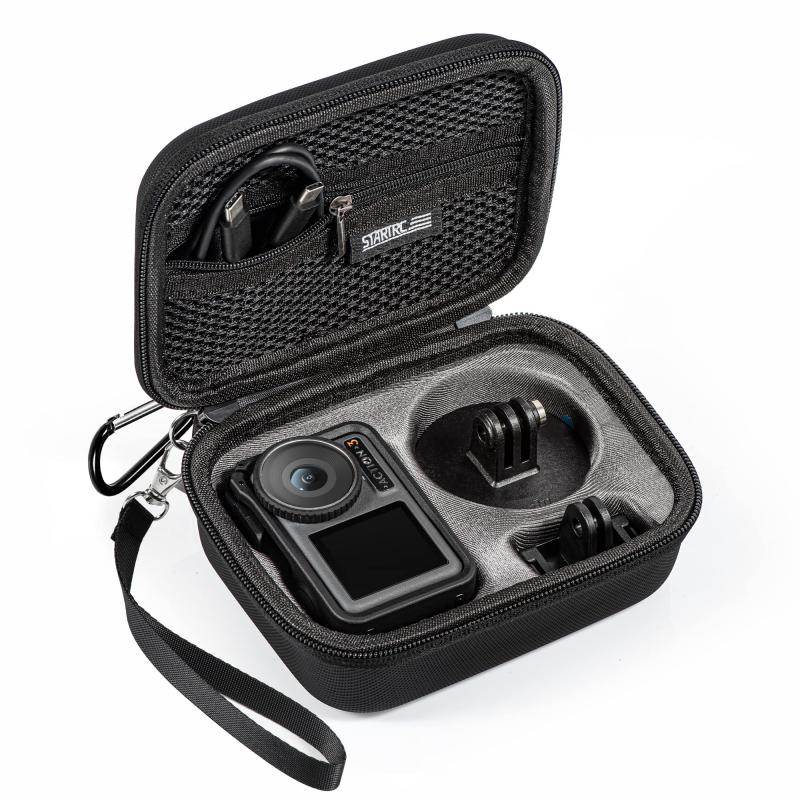
4、 Charging camera batteries on the go
How to travel with camera batteries:
When traveling with camera batteries, it is important to take certain precautions to ensure they are safe and ready to use. Here are some tips:
1. Carry spare batteries: Always carry spare batteries with you, especially if you are going on a long trip. This will ensure that you never run out of power when you need it the most.
2. Use a battery case: A battery case will protect your batteries from damage and prevent them from short-circuiting. It will also keep them organized and easy to find.
3. Keep batteries in your carry-on luggage: It is recommended to keep your camera batteries in your carry-on luggage when traveling by air. This is because the temperature in the cargo hold can damage the batteries.
4. Store batteries in a cool, dry place: Heat and moisture can damage camera batteries, so it is important to store them in a cool, dry place.
Charging camera batteries on the go:
Charging camera batteries on the go has become easier with the advent of portable chargers and power banks. Here are some tips:
1. Use a portable charger: A portable charger is a great way to charge your camera batteries on the go. They are small, lightweight, and can be easily carried in your backpack or purse.
2. Invest in a power bank: A power bank is a portable battery that can be used to charge your camera batteries. They come in different sizes and capacities, so choose one that suits your needs.
3. Use a car charger: If you are traveling by car, you can use a car charger to charge your camera batteries. This is a convenient way to keep your batteries charged while on the road.
4. Use a solar charger: A solar charger is a great option if you are traveling to a remote location where there is no access to electricity. They use solar panels to charge your camera batteries, so you can keep shooting even in the middle of nowhere.
In conclusion, traveling with camera batteries requires some planning and preparation, but with the right tools and precautions, you can ensure that your batteries are safe and ready to use. Charging camera batteries on the go has become easier with the availability of portable chargers and power banks, making it possible to keep your camera powered up no matter where you are.
